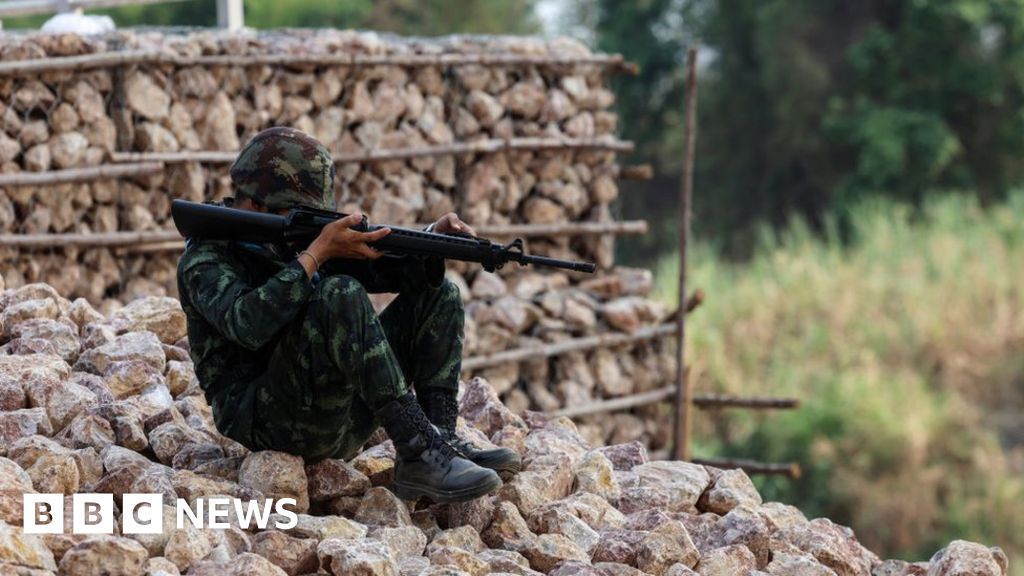The mix of hype and money that blooms in Deion Sanders’ wake — spread this year among the University of Colorado football team, Buff’s merchandise sales, Boulder restaurants and businesses, and the news media — would seem a straightforward win all around.
But the economics behind the state’s planned rebates for season 2 of Amazon Prime’s “Coach Prime” mini-documentary series, whose producers have said they plan to spend $4.9 million in Colorado during filming, help to quantify some of it.
That was the message last week when the Colorado Office of Film, Television and Media announced that “Coach Prime,” was already shooting here. (Season 1 debuted last year while Sanders was still coaching at Jackson State University in Mississippi.)
The state office — part of the Colorado Office of Economic Development and International Trade (COEDIT) — said the $4.9 million spend could result in $500,000 in rebates to SMAC Productions, Inc., which is making the show. To lure and hold productions in Colorado, the office promotes rebates on qualified local spending to out-of-state efforts like this one.
But different rebates apply to different productions, said Colorado film commissioner Donald Zuckerman. “If I was a citizen and saying, ‘Is this money well spent?’ then you look at the multiplier effect, where their … spend will have a $9 million impact. It’s to the benefit of the state.”
The multiplier effect, which the office touts in its drive for larger budgets from the state legislature, looks at the total economic impact of the production, from direct production spending to its secondary effect on local restaurants, bars, hotels and other services.
The state’s incentive program, which has in the past rewarded films such as Quentin Tarantino’s “The Hateful Eight,” “Furious 7” and “Our Souls at Night,” specifically offers a performance-based rebate for up to 20% of qualified expenses. To receive a rebate, Colorado-based projects need to spend at least $100,000, while out-of-state projects are required to spend $1 million or more. Projects must employ a majority of Colorado residents in their crew and the spending must be audited.
“Another element is making sure at least 50% of the crew hired per project is Coloradans,” said Airelle Brachman, deputy film commissioner. “And with smaller projects like (the Amazon series), they try to hire 80%.”
“Coach Prime” will employ 17 locals out of a total crew of 32, according to documents filed with COEDIT. That allows them to train to a level where more out-of-state productions would be willing to hire local camera operators, sound crews, and others, rather than importing them from Los Angeles.
The film office paid $17.1 million in incentives to 72 projects from 2013 to 2019, according to state numbers. Feature films and TV series only represent about two-thirds of the incentivized projects, while video games, commercials, and one-off programs make up the rest.
The program has come under fire from legislators in the past due to misallocation of funds and what some lawmakers argue is an ineffective and unaccountable system, The Denver Post has reported. Before the pandemic, the legislature was granting as little as $750,000 a year to the state’s film incentive fund, forcing the COEDIT to shift money from other programs to keep the fund from completely collapsing and production crews disbanding because of a lack of work.
It was revived in late 2021 with a record $6 million boost. But that still makes it less than competitive with states that offer up to 30% in rebates or more, and that have budgets upwards of $100 million, such as New Mexico.
Zuckerman said the less obvious examples of his office’s rebates include a 300% jump in lodging, food services, and other business when “Furious 7,” part of the “Fast & Furious” film series, set up in Salida in 2017 to film a precarious chase scene on Pikes Peak.
“Three members of the crew came through and bought $17,000 worth of knives in Salida,” Zuckerman said. “And two people on the crew bought houses in Salida. When all these people from California drove out for (Quentin Tarantino’s) “Hateful Eight,” they bought $140,000 worth of snow tires in Telluride. These are the numbers you don’t see.”
Colorado’s film industry could surpass $1 billion in annual sales and grow into a nationally attractive scene for filmmakers if legislators can commit to offering more economic incentives, according to a study released by the state in January.
The tourism bump is a significant part of that calculation. Estes Park’s Stanley Hotel, the inspiration for Stephen King’s “The Shining,” now sees 200,000 visitors annually paying $30 a pop for ghost tours, Zuckerman said. It may be an outlier case — “The Shining” is legendary and known globally — but it shows the potential.
“They do $6 million a year in ghost tours, and another $2 million in the gift shop,” Zuckerman said. “And those are people who aren’t even staying at the hotel.”
Subscribe to our weekly newsletter, In The Know, to get entertainment news sent straight to your inbox.

Gregory Daniels is your guide to the latest trends, viral sensations, and internet phenomena. With a finger on the pulse of digital culture, he explores what’s trending across social media and pop culture. Gregory enjoys staying ahead of the curve and sharing emerging trends with his readers.







